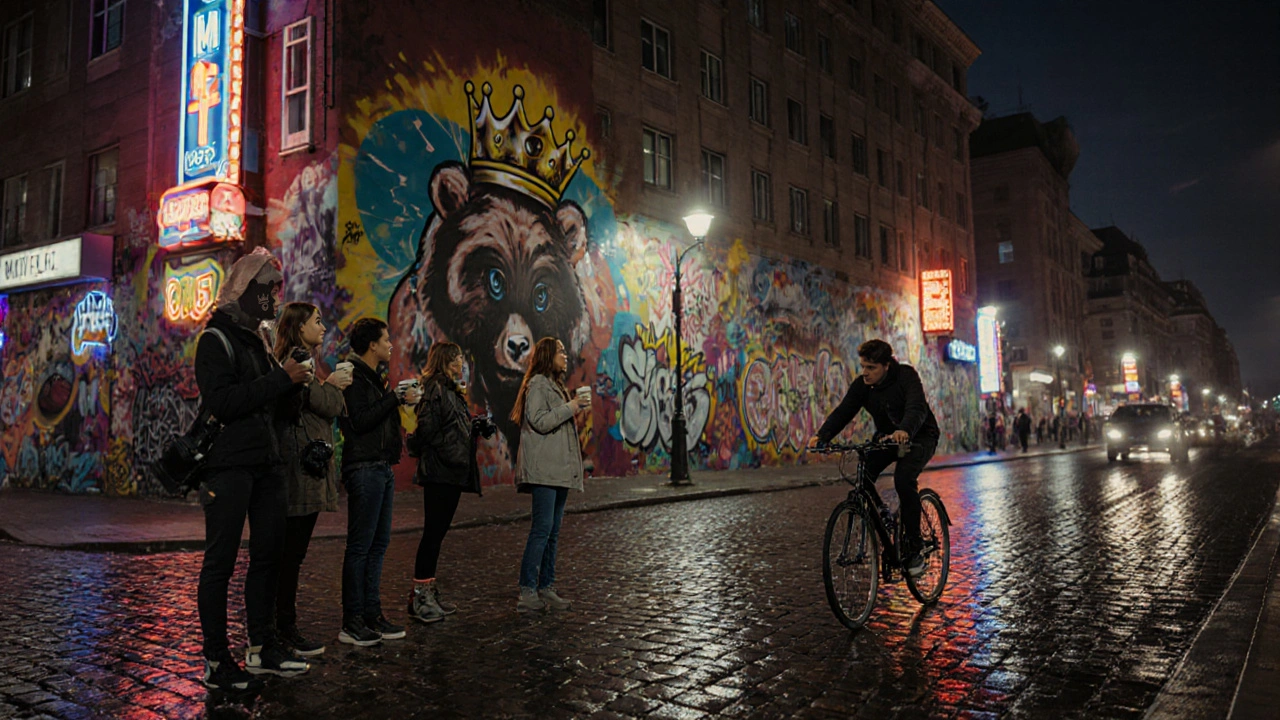Urban Murals: How Street Art Shapes Cities and How It’s Made
A single mural can turn a blank, forgotten wall into a city landmark overnight. Urban murals mix big ideas, bold visuals, and public space in ways that change how people move, meet, and remember a place. This page gives hands-on info: what murals are, how artists make them, how cities support them, and quick tips for finding great pieces near you.
What urban murals are and why they matter
Urban murals are large-scale artworks painted or installed on exterior walls, bridges, and public structures. They pull from many art movements—photorealism for lifelike portraits, Constructivism for bold shapes, Bauhaus and De Stijl for clean geometry, and Land Art for site-aware scale. Murals do more than decorate: they tell local stories, boost foot traffic, and can lift an entire block’s mood and economy.
Because they sit in public, murals reach people who don’t visit galleries. They invite conversation, mark cultural history like the Harlem Renaissance murals, and can even influence urban design and smart-city planning when integrated with community goals.
How murals are made — practical steps
Creating a mural follows a clear process. First comes the concept: an artist sketches ideas, checks the wall, and meets with building owners or community groups. Next is permission and permits—many cities require a public art permit or a letter from the property owner. Don’t skip this; legal clearance prevents costly removals later.
Materials and prep matter. Artists usually prime the wall, use exterior acrylics or spray paints, and work with scaffolding or lifts for large heights. Projection or grid methods help transfer detailed designs—photorealistic portraits rely on careful tracing or projector use, while abstract or constructivist works use measured layouts and stencils. Weatherproof clear coats and UV-resistant varnish protect color and reduce fading.
Budgets vary: community murals can be inexpensive with volunteers, while commissioned works may need professional scaffolding, insurance, and conservation costs. Grants, local business sponsors, and mural festivals often cover expenses and boost visibility.
Maintenance is part of the plan. Anti-graffiti coatings, gentle cleaning, and touch-ups every few years keep a mural readable and vibrant. For heritage or fragile pieces, consult a conservator experienced with outdoor paint.
Want to find murals? Use mural map apps, follow local arts organizations on social media, and check festival lineups. Walk neighborhoods known for street art or join guided mural tours—those lead you to hidden gems and explain the stories behind each piece.
If you’re thinking of commissioning a mural, involve the community early, agree on a maintenance plan, and hire someone with outdoor experience. A well-run mural project becomes more than art—it becomes a lasting, shared asset for the neighborhood.

